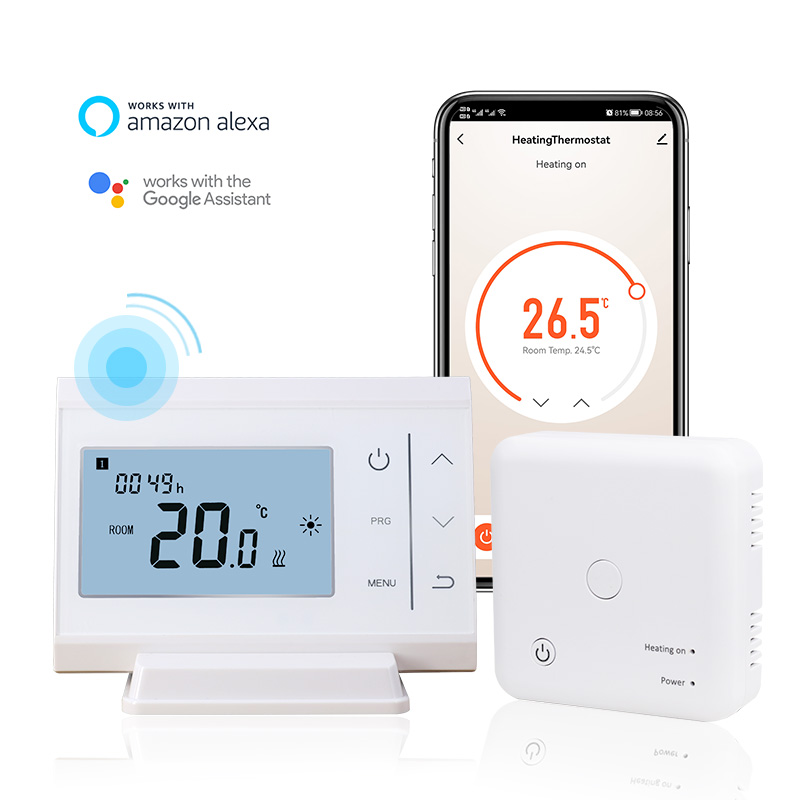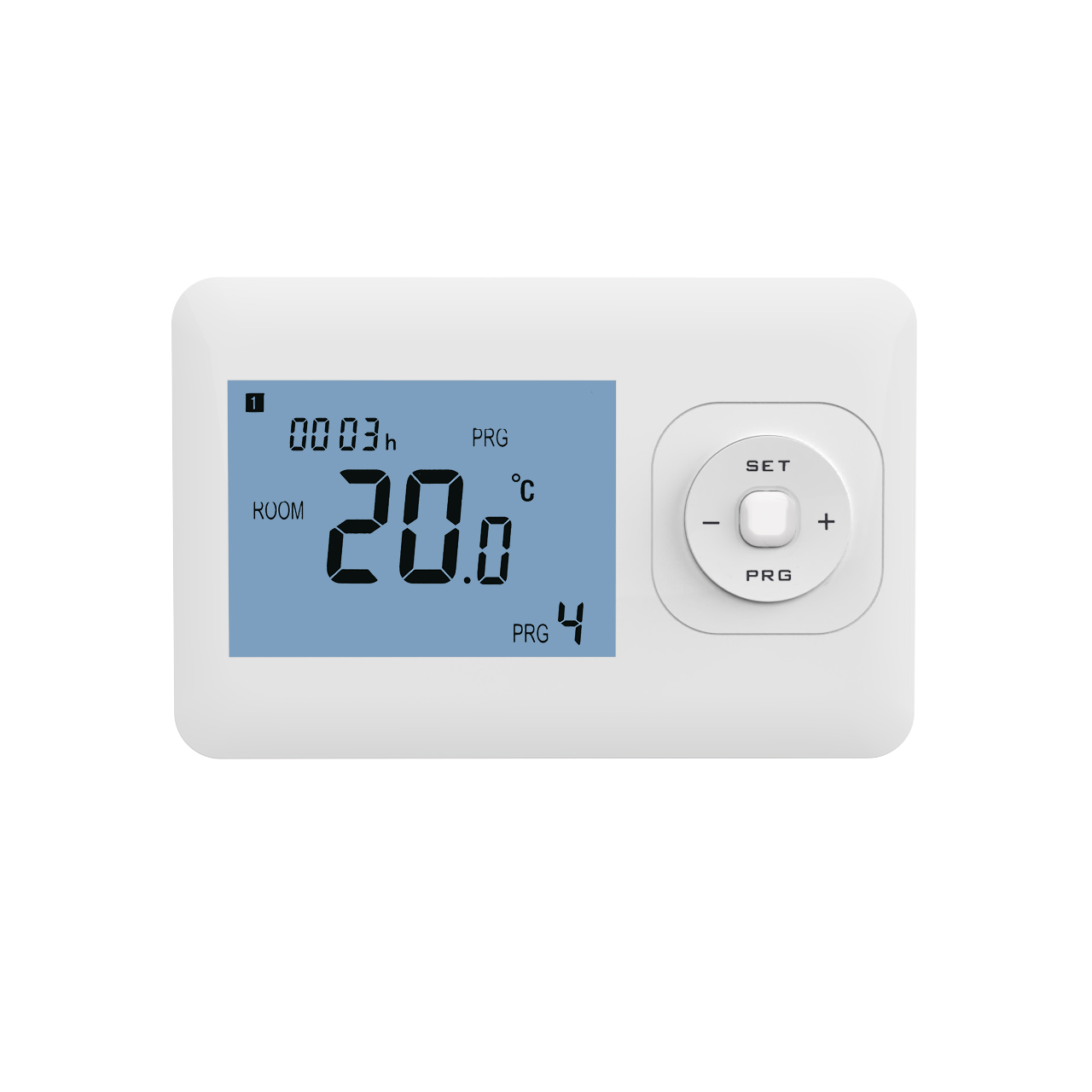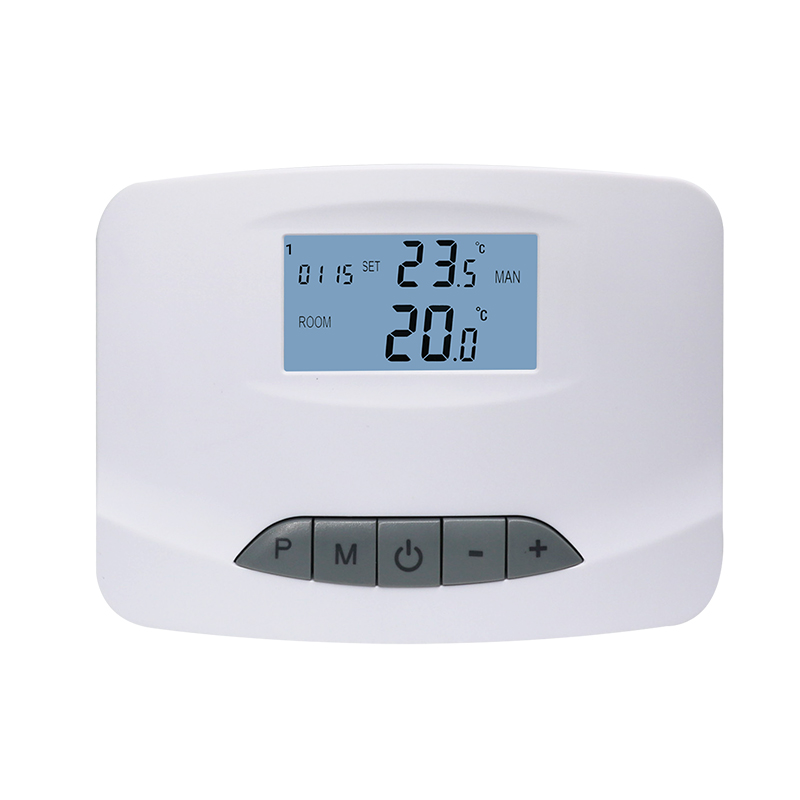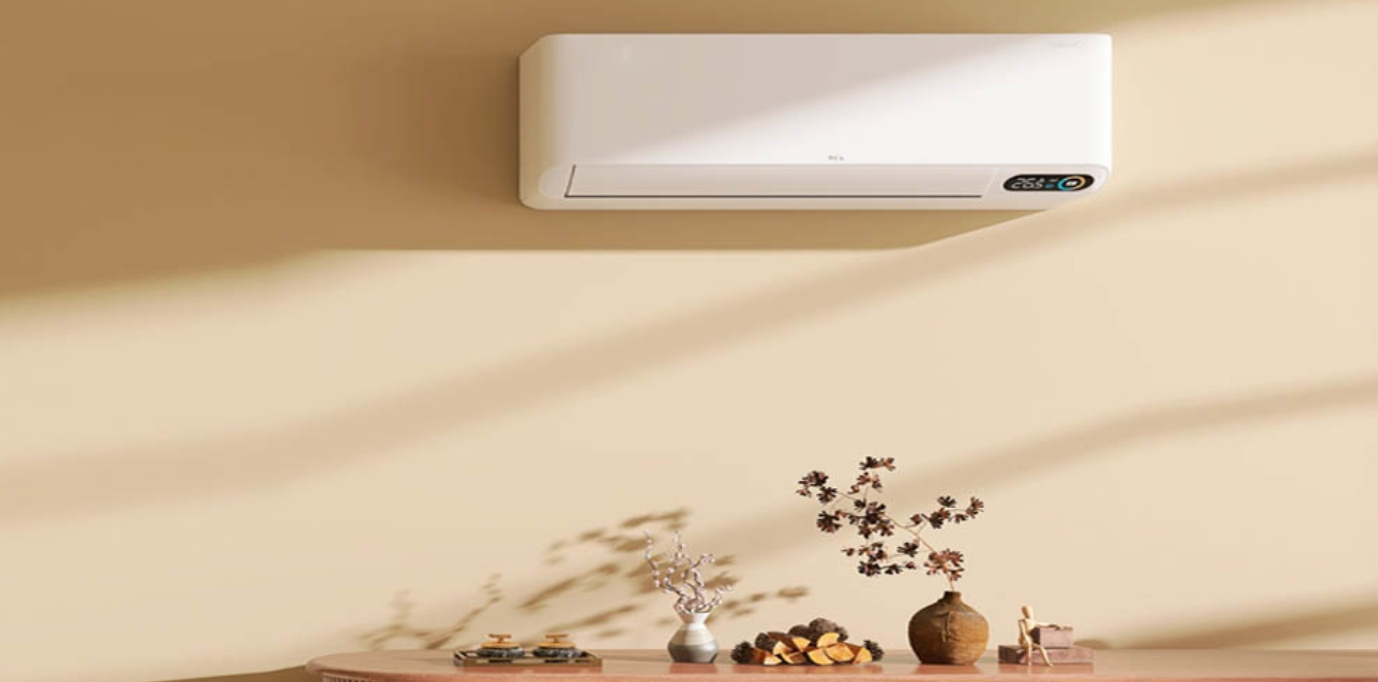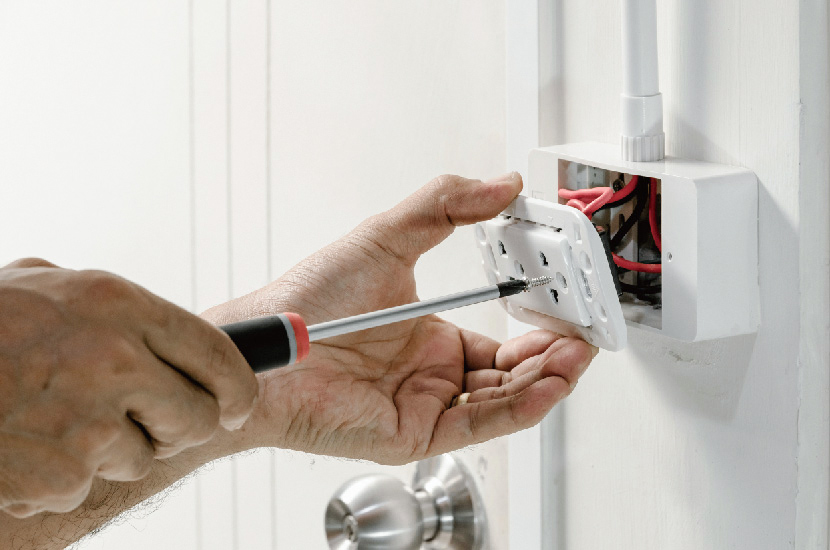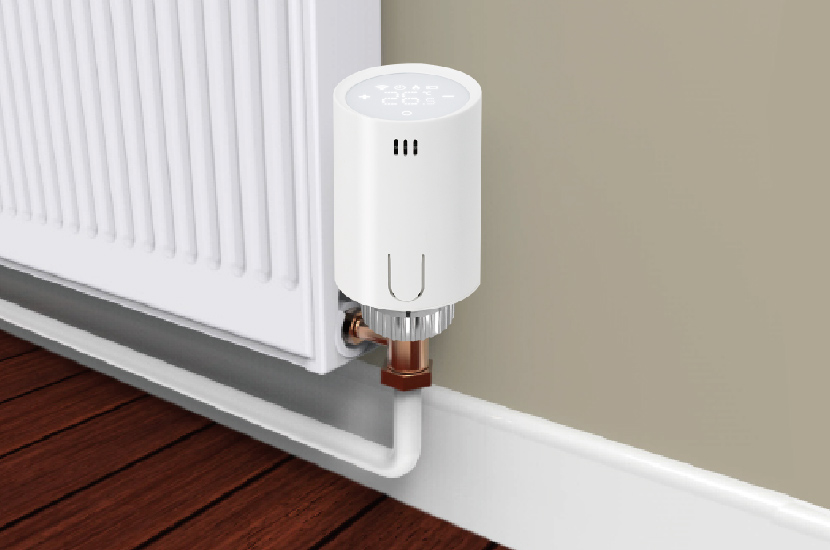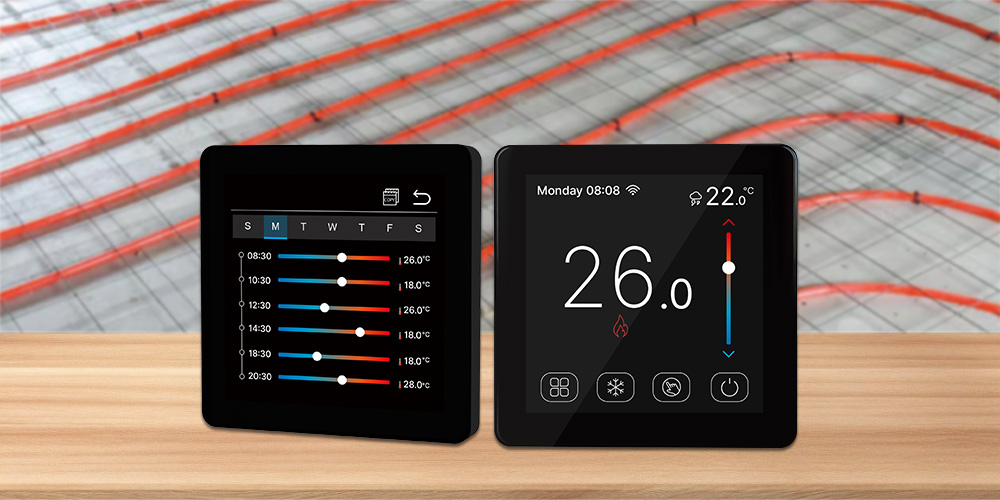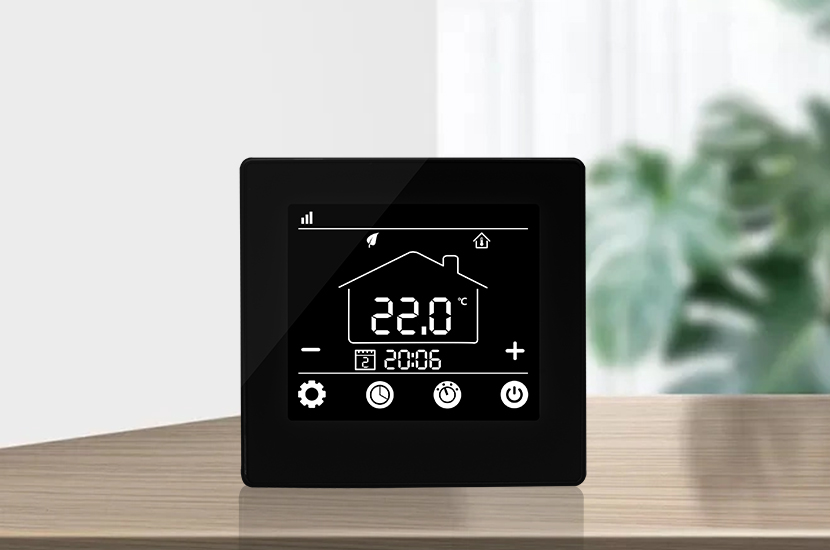Featured articles
More from the category
Linked Control of Multiple Boiler Thermostats
05/16/2025
In industrial heating and large-scale building heating scenarios, the coordinated operation of multiple boilers has become the mainstream. Realizing the coordinated control of thermostats is the key to ensuring stable heating and improving energy efficiency. This article will analyze the core operation points for you from mode selection, hardware construction to software debugging.

Lock the target and choose the right linkage mode
The linkage control focuses on three core goals: heating on demand, improving energy efficiency, and ensuring system stability. For example, multiple boilers operate in coordination during the peak heating period, and the number of startups is reduced during the trough period to avoid inefficient operation of equipment and extend the service life.
Common linkage modes have their own advantages. In the master-slave mode, one thermostat is designated as the master control, which collects temperature information and commands other slave thermostats, which is suitable for small systems; in the peer-to-peer mode, each thermostat has an equal status and makes independent decisions through shared data, which is suitable for large and complex scenarios; the intelligent mode uses AI to predict loads, plan operation strategies in advance, and achieve outstanding energy-saving effects.
Hardware networking and building a communication bridge
The communication protocol determines the quality of the thermostat “dialogue”. Modbus protocol is widely used, supports RS485, Ethernet and other interfaces, and is suitable for industrial environments; BACnet is designed for buildings and is convenient for equipment interoperability; KNX protocol focuses on smart home linkage, and selection on demand can ensure stable data transmission.
Networking methods are divided into wired and wireless. The RS485 bus uses shielded twisted pair wires to connect the thermostat in series, which is low-cost, strong in anti-interference, and suitable for short-distance connection; Ethernet is connected to the local area network through a switch, which is convenient for remote management. In wireless networks, Wi-Fi has a wide coverage, and Zigbee has strong self-organizing networking capabilities, which can be flexibly selected according to wiring conditions.
In addition, temperature and pressure sensors collect heating data in real time, and actuators such as electric control valves and inverters receive thermostat instructions to adjust the equipment, which together constitute a complete control link.
Software empowerment to achieve intelligent control
Enter the thermostat setting interface, enter basic parameters such as temperature control range and alarm threshold, and configure communication address, baud rate and other information according to the linkage mode. In master-slave mode, the master and slave device numbers must be clearly specified to ensure accurate transmission of instructions.
Writing control logic is the core. In the master-slave mode, the master thermostat issues a start command when the average temperature of the area is lower than the lower limit and the running boiler is not full; it sends a stop command when it is higher than the upper limit and there is a spare boiler. In the peer-to-peer mode, each thermostat independently determines the operation strategy based on the shared data.
After completing the software and hardware configuration, simulate the high and low peak heating scenarios to debug the system. If there are problems such as large temperature fluctuations and frequent boiler start and stop, the temperature control range can be expanded, the equipment start and stop sequence can be optimized, and the stable operation of the system can be ensured.
The linkage control of multiple boiler thermostats is closely linked, from mode selection to parameter debugging, each link affects the final effect. Mastering the above points can achieve efficient and energy-saving operation of the heating system and provide reliable protection for production and life.
